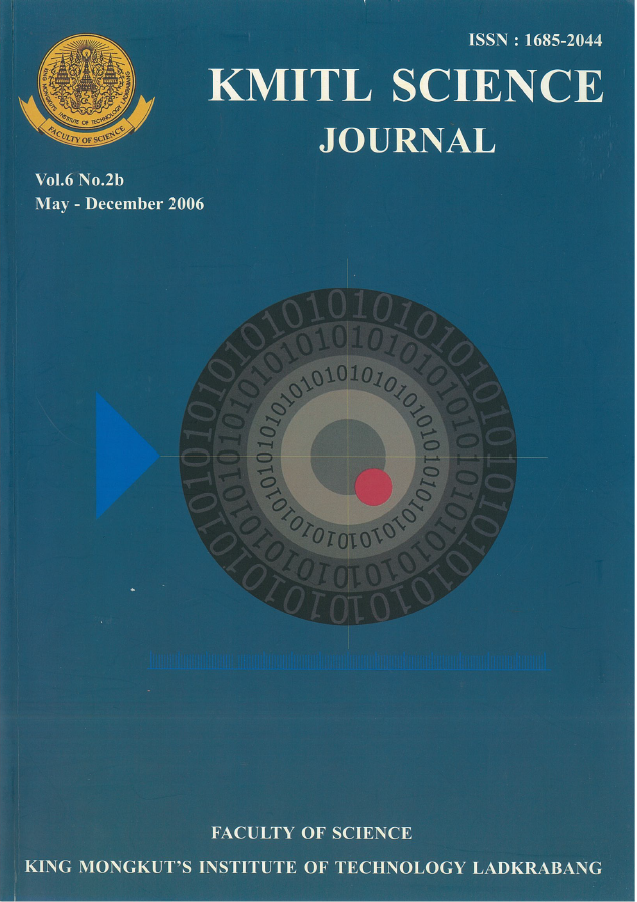Ultrasound has been extensively used for a variety of treatments. Some researches have shown that it has ability to stimulate the nerve action potential but there have been in vivo no comparison of nerve property alterations between the 0.86 MHz and 3 MHz ultrasound treatments. Consequently, the purpose of this study is to study the effects of ultrasound at various intensities and frequencies on electrical properties of the median nerve. Twenty subjects were randomly selected for 0.86 MHz and 3 MHz ultrasound exposures. The median nerve electrical properties after 10 minutes of both 0.86 MHz and 3 MHz ultrasound exposures at four intensity levels i.e. 0.5, 1.0, 1.5 and 2.0 W/cm2 were compared with pre-exposure. No significant differences were noted between pre-exposure and immediately post-exposure at all intensity levels of 3 MHz. For 0.86 MHz, median nerve conduction velocity after ultrasound exposure increases approximately 4.5% and 2.7% at 1.5 and 2.0 W/cm2, respectively. The results show that the 10 minute exposure of 0.86 MHz ultrasound at 1.5 W/cm2 plays a significant role in affecting the nerve conduction velocity. Although in this study, the nerve conduction velocity increases correspondingly with skin temperature decreases whereas other studies reported that an increase of intramuscular temperature was found. In conclusion, clinicians or physical therapists can take benefits of this result for a guide to select the suitable frequency, intensity and exposure time when using ultrasound therapy for nerve rehabilitation.
Keywords: Median Nerve, Ultrasound Intensity, Ultrasound Frequency, Skin Temperature, Amplitude, Conduction Velocity
Corresponding author: E-mail: VAA@kmitnb.ac.th
Ussawawongaraya*, W. ., Bunluechokechai, S. ., Natwong, B. ., Leeudomwong, T. ., & Tosranon, P. . (2018). 0.86 MHz and 3 MHz Continuous Ultrasound Exposures on Alterations of Median Nerve Properties. CURRENT APPLIED SCIENCE AND TECHNOLOGY, 630-636.

https://cast.kmitl.ac.th/articles/150029